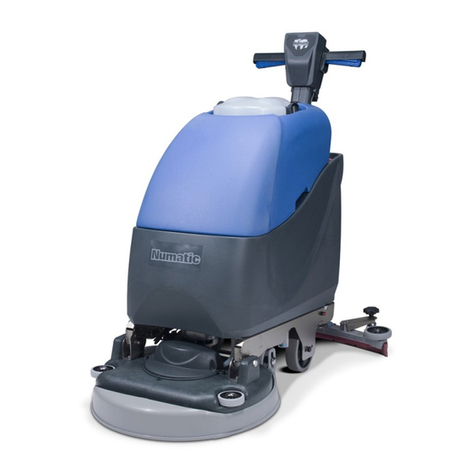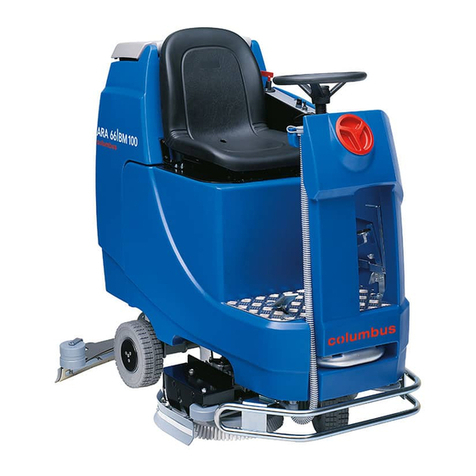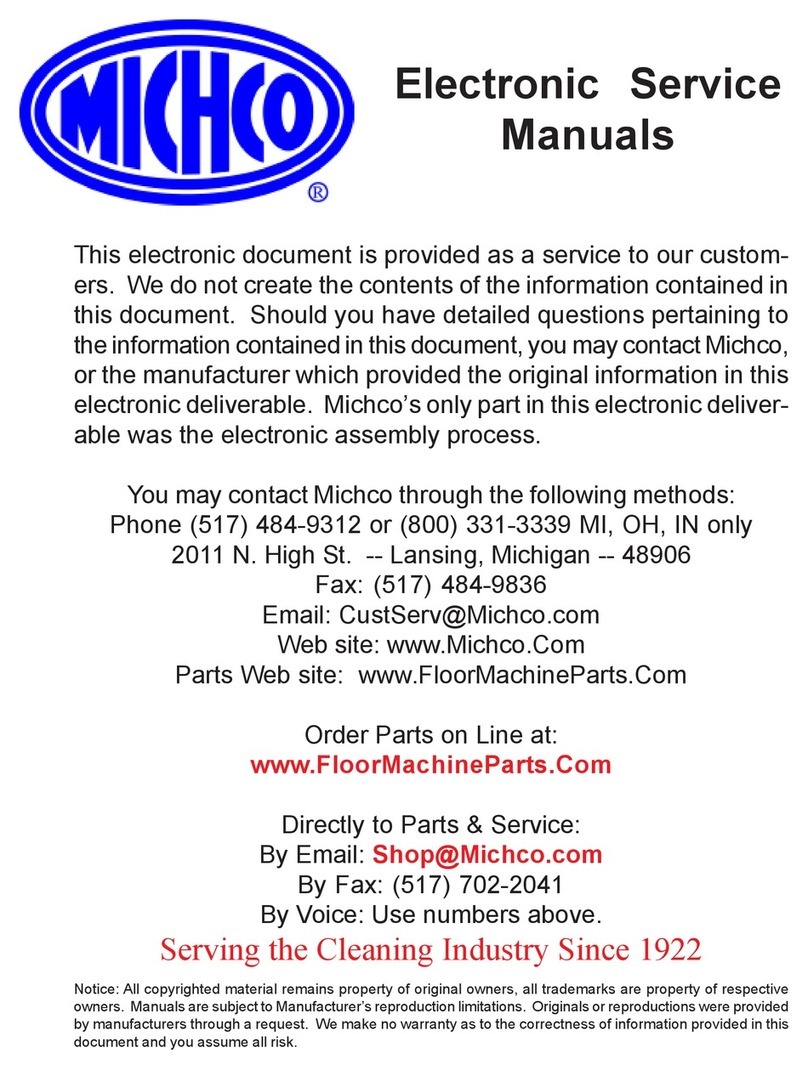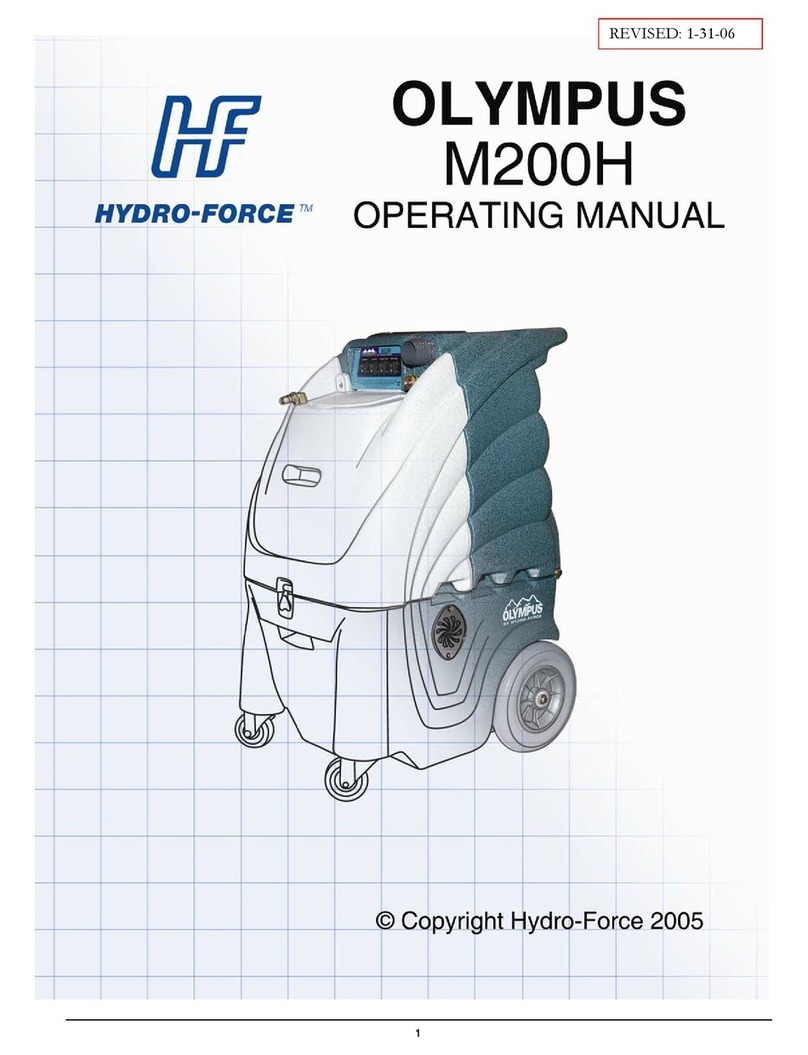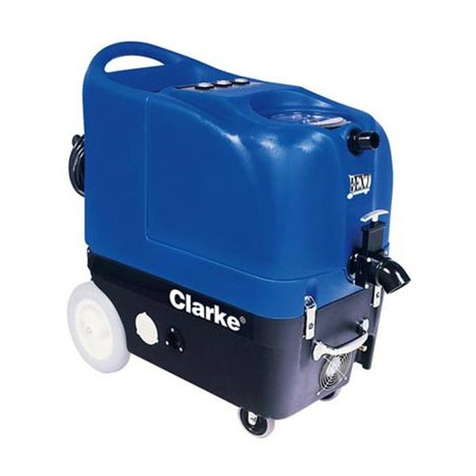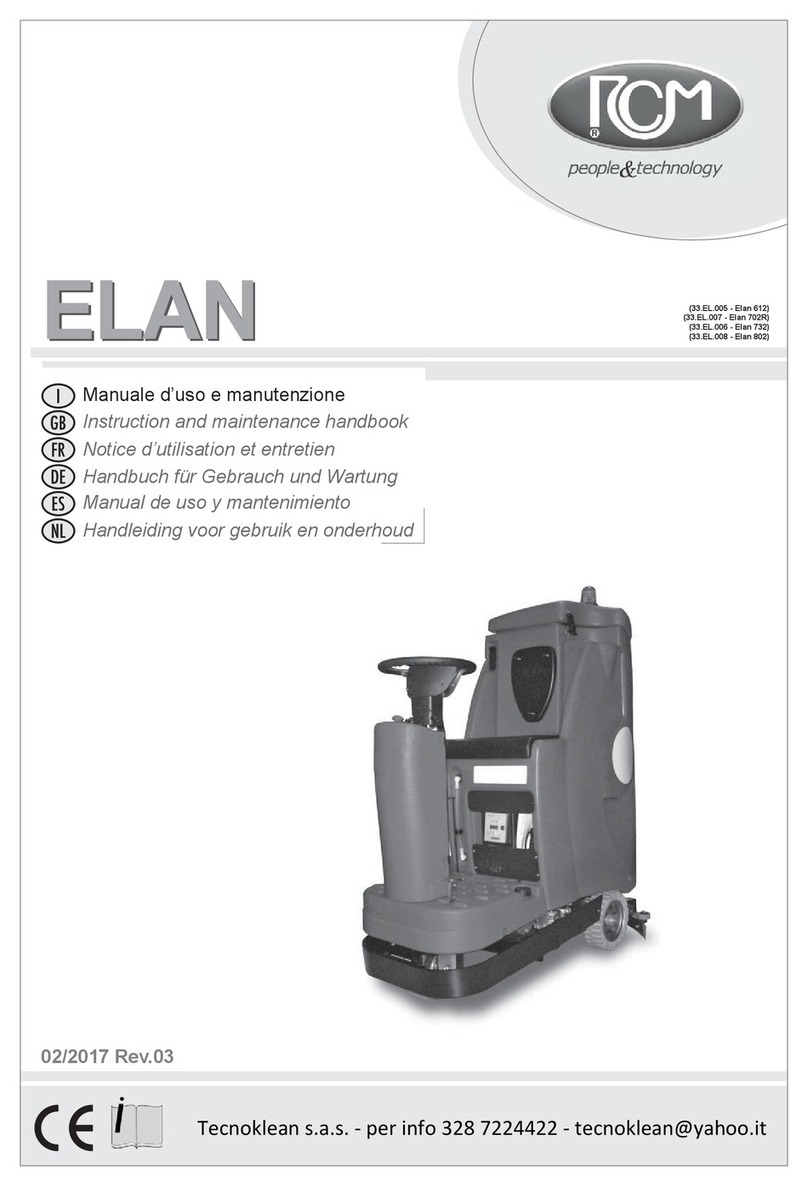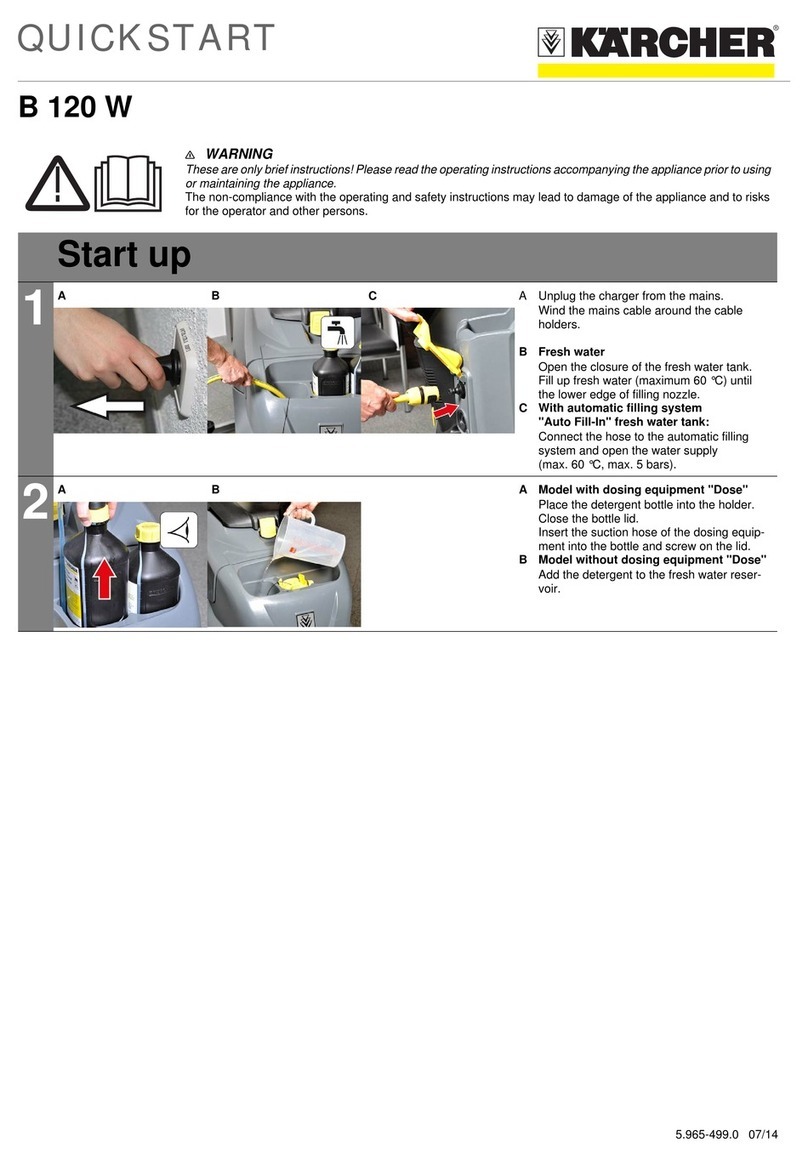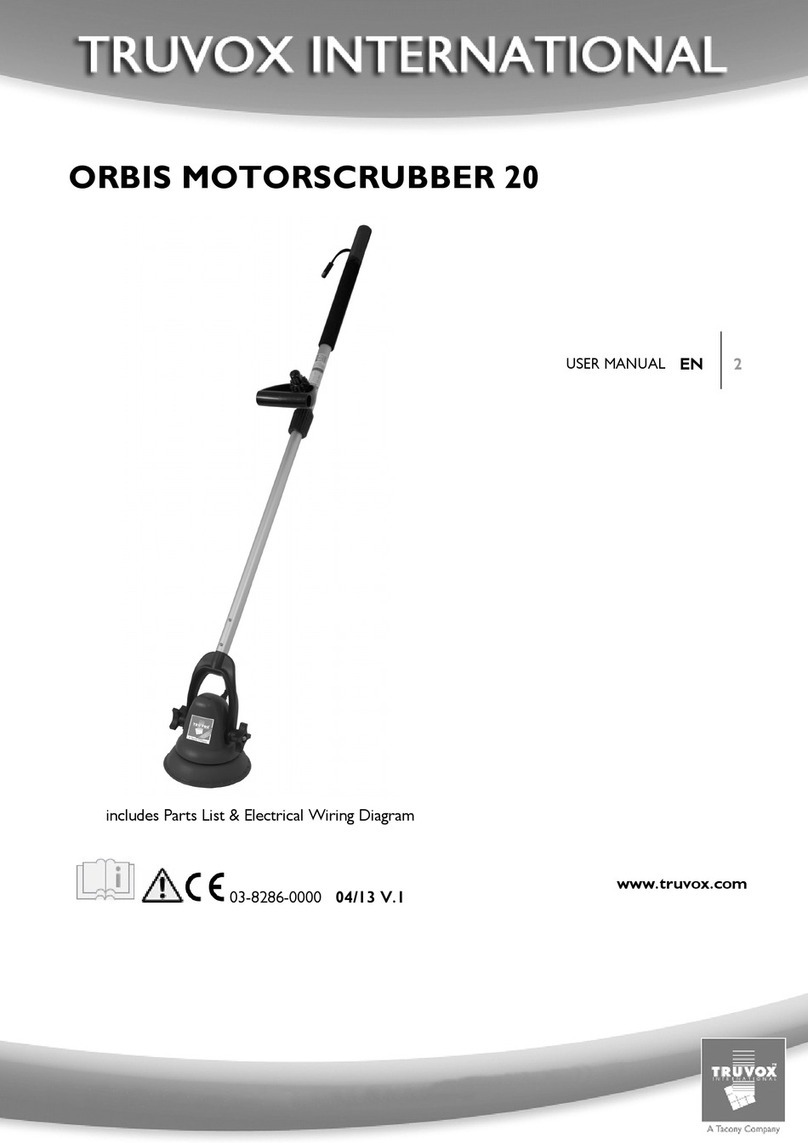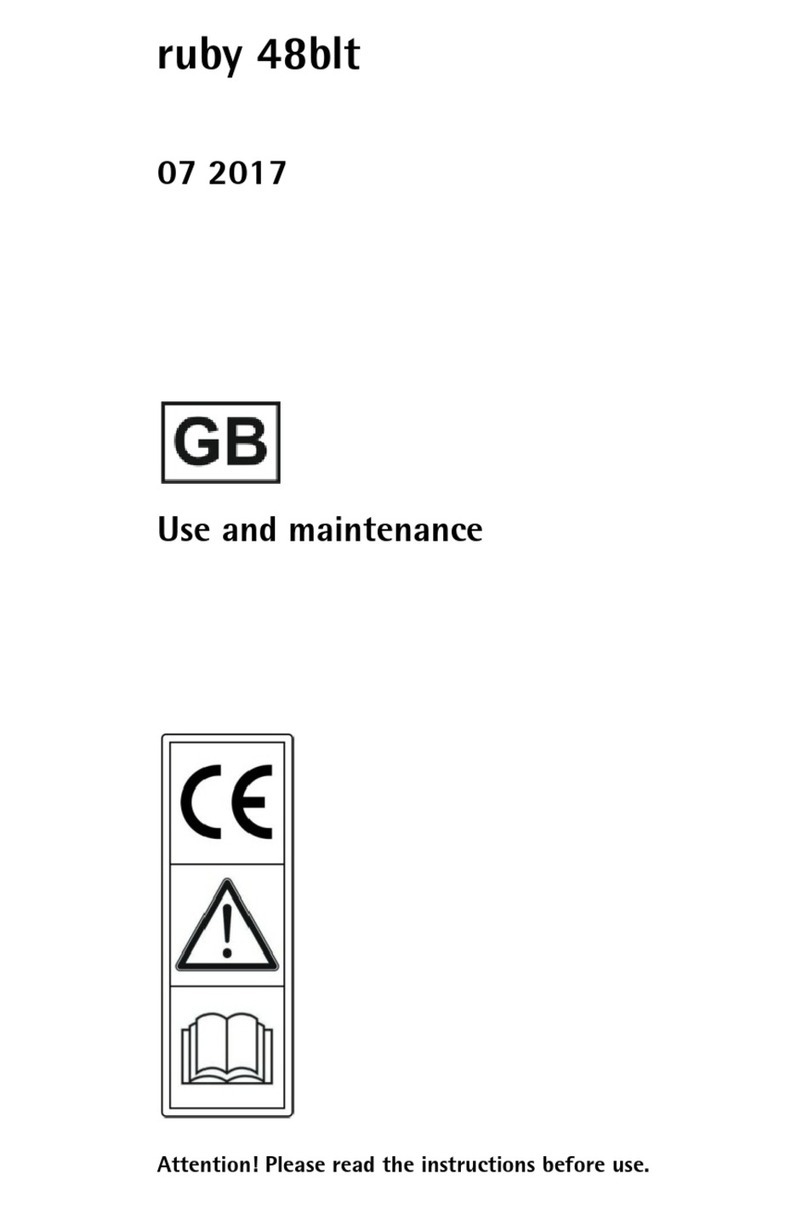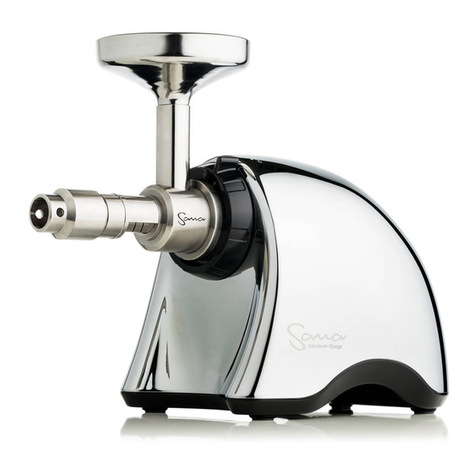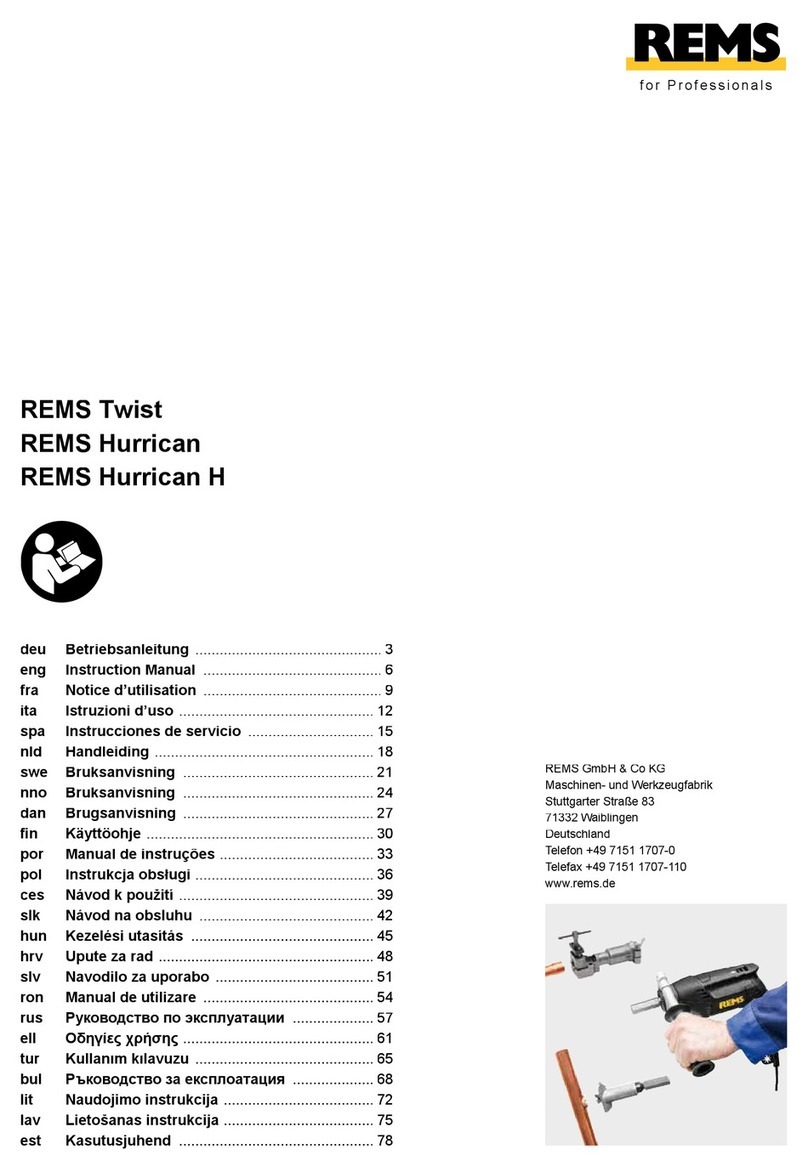
For the safe operation of this machine, read and understand all instructions before using this machine.
WARNING: To reduce the risk of fire, electric shock or injury:
1. You must have training in the operation of the machine before using it. READ THE
INSTRUCTION BOOK. If you do not understand any instruction, ask your supervisor.
2. Make sure all labels, decals, warnings, cautions and instructions are fastened to the machine.
3. Read the labels carefully on the machine. Do not cover them for any reason and replace them if
damaged.
4. Do not operate this machine unless it is completely assembled, inspect the machine carefully before
operation.
5. Pay close attention to other people and especially children while operating this machine.
6. Be a careful driver, do not strike shelving or scaffolding, especially where there is a danger of falling
objects.
7. Machines can cause an explosion when operated near flammable materials and vapors. Do not use
this machine with or near fuels, grain dust, solvents, thinners, or other flammable materials.
8. In case of fire, use a powder extinguisher. Do not use water.
9. Do not use this machine as a means of transport.
10. Do not use acid solutions that could damage the machine.
11. Do not mix different detergents causing harmful odors.
12. Do not place any liquid containers on the machine.
13. To prevent floor damage, stop the brushes when the machine is standing still.
14. Adjust your speed to the conditions of the floor.
15. Do not turn the machine on a ramp. Do not stop and leave the machine on a ramp or incline.
16. When the machine is parked, take out the key and set the parking brake.
17. Empty the solution tank before lifting it.
18. During any maintenance operation disconnect the power supply from the machine.
19. Lead acid batteries generate gases that can cause an explosion. Read the instruction manual supplied
with the battery charger. Keep sparks and flames away from batteries. NO SMOKING. Charge
the batteries only in an area with good ventilation.
20. Do not use a charger if the power cord is damaged.
21. Always wear eye protection and protective clothing when working near batteries. Remove all jew-
elry. Do not put tools or other metal across the battery terminals, or the tops of the batteries.
22. Check the level of the electrolyte every time you charge the batteries. If the level is low, ADD
DISTILLED WATER ONLY.
23. Maintenance and repairs must be performed by authorized Service Centers only. Make adjustments
according to the specifications given in the service manual for this machine.
24. Keep the electrical parts of the machine dry. Do not wash the machine with direct water jets or high
pressure, nor with corrosive material. For storage, keep the machine in a dry building.
25. Water solutions or cleaning materials used with this type of machine can leave wet areas on the floor
surface. These areas can cause a dangerous condition for the operator or other persons. Always put
CAUTION signs near the area you are cleaning.
26. Do not reach under shrouds with fingers, hands, or toes when machine is running.
OPERATOR AND SAFETY INSTRUCTIONS
3
